Red Fort, Delhi
Beyond the crimson walls
The Red Fort in Delhi represents one of India’s most iconic landmarks. Built in the 17th century, this magnificent structure showcases the grandeur of Mughal architecture at its peak. The distinctive red sandstone walls stretch across 2.4 kilometres, creating an impressive sight in the heart of Old Delhi.
The construction of the Red Fort began in 1638 under Emperor Shah Jahan, the same visionary behind the Taj Mahal.
The fort’s design brilliantly combines Persian, European and Indian architectural styles, demonstrating the Mughal Empire’s cultural sophistication. The massive red sandstone walls, reaching heights of up to 33 metres, earned this magnificent structure its name.
Exploring the fort complex
The Lahori Gate serves as the primary entrance to the Red Fort, leading to Chatta Chowk, a covered bazaar where merchants once sold luxurious items to the royal household. This marketplace continues to operate today, offering traditional Indian crafts and souvenirs.
Once inside, the Diwan-i-Aam, or Hall of Public Audience, showcases intricate columns and engraved panels where the emperor would meet common citizens. Beyond lies the opulent Diwan-i-Khas, the Hall of Private Audience, where the emperor held private consultations and received distinguished guests.
From a higher perspective, the fort complex features carefully planned gardens, reflecting the Mughal love for symmetry and natural beauty. The Rang Mahal, or Palace of Colours, once served as the residence for the emperor’s wives and mistresses, featuring a stunning decoration scheme with mirrors and floral patterns.
Historical events and cultural importance
The Red Fort witnessed numerous significant events throughout its history. Serving as the main residence of Mughal emperors for nearly 200 years, until 1857 and then, during the Indian independence movement, the fort became a powerful symbol of resistance against British rule.
In 1947, India’s first Prime Minister, Jawaharlal Nehru, raised the national flag at the Red Fort, establishing a tradition that continues today. Each year on Independence Day, the Prime Minister hoists the national flag and delivers a speech from its ramparts, highlighting the fort’s enduring significance in Indian culture.
Modern-day significance and preservation
In 2007, UNESCO declared the Red Fort a World Heritage Site, recognising its outstanding cultural importance. This status has helped secure international support for its preservation and restoration.
Extensive conservation work maintains the fort’s structural integrity while preserving its historical authenticity. These efforts focus on protecting the intricate decorative elements and ensuring the stability of the ancient walls.
Today, the Red Fort serves as a museum, housing important artefacts from the Mughal era. The complex hosts cultural events and sound and light shows, helping to educate the public about its rich history.
Summary
The Red Fort stands as a remarkable symbol of India’s rich cultural heritage, combining architectural brilliance with historical significance. From its origins as a Mughal palace to its current status as a UNESCO World Heritage Site, the fort continues to captivate people with its grandeur and historical importance.
Its role in India’s independence movement and ongoing significance in national celebrations ensures its place as a cherished monument for generations to come.
- The Red Fort offers so much for the history buff


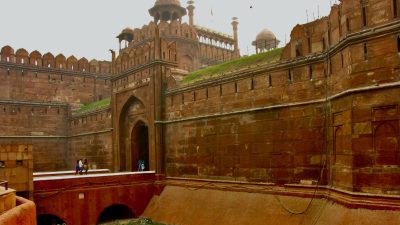
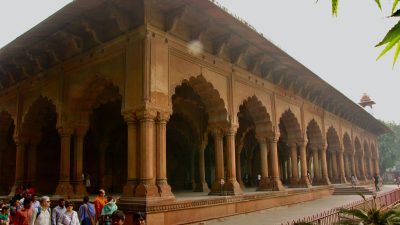
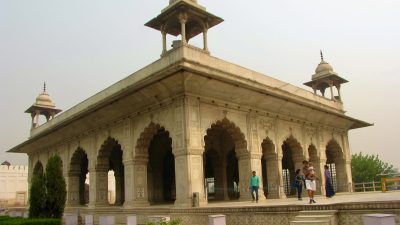

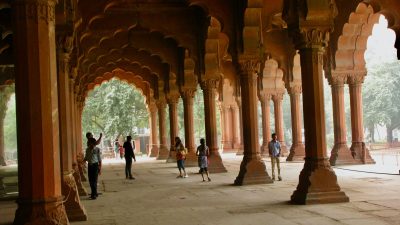

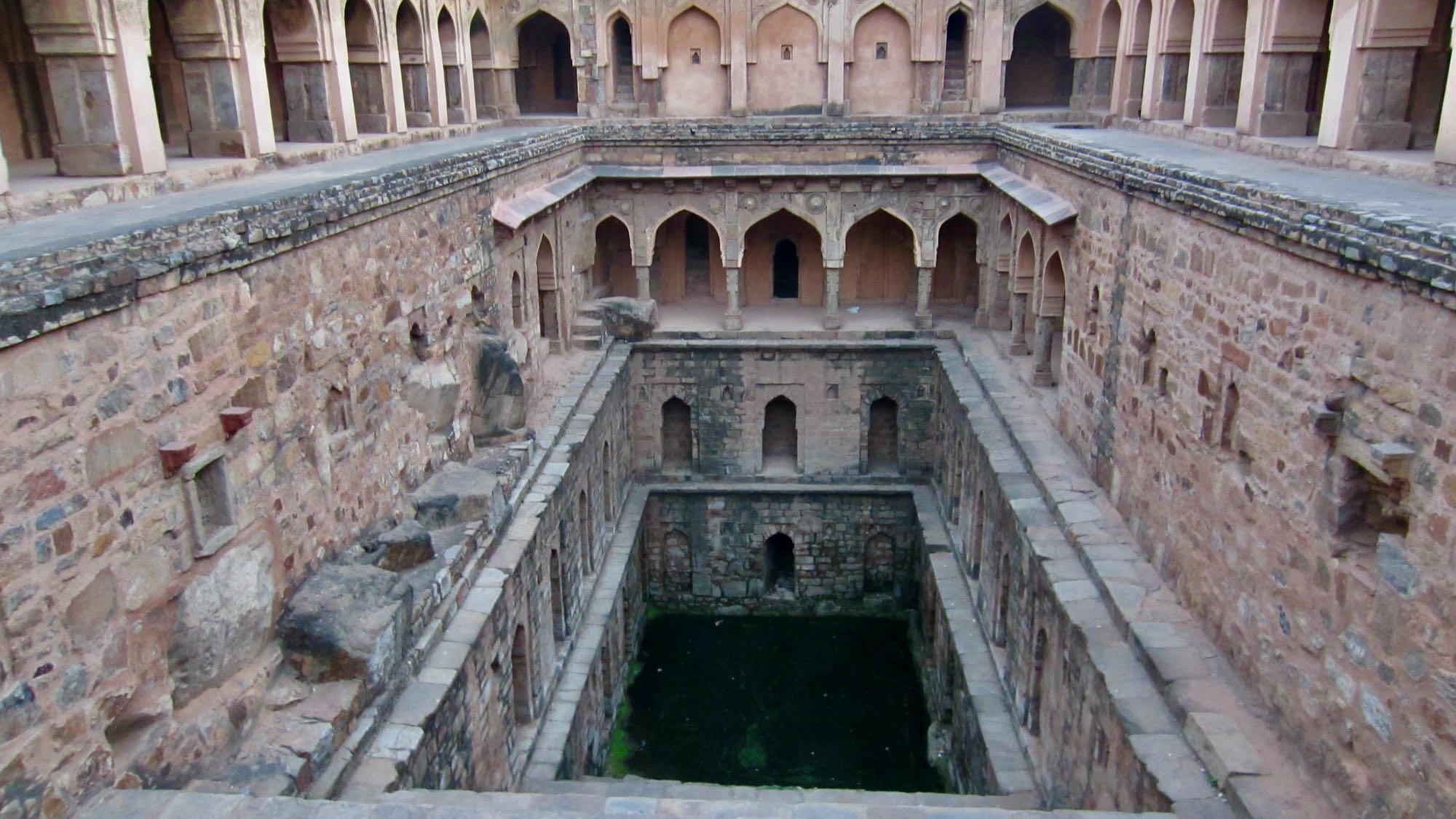
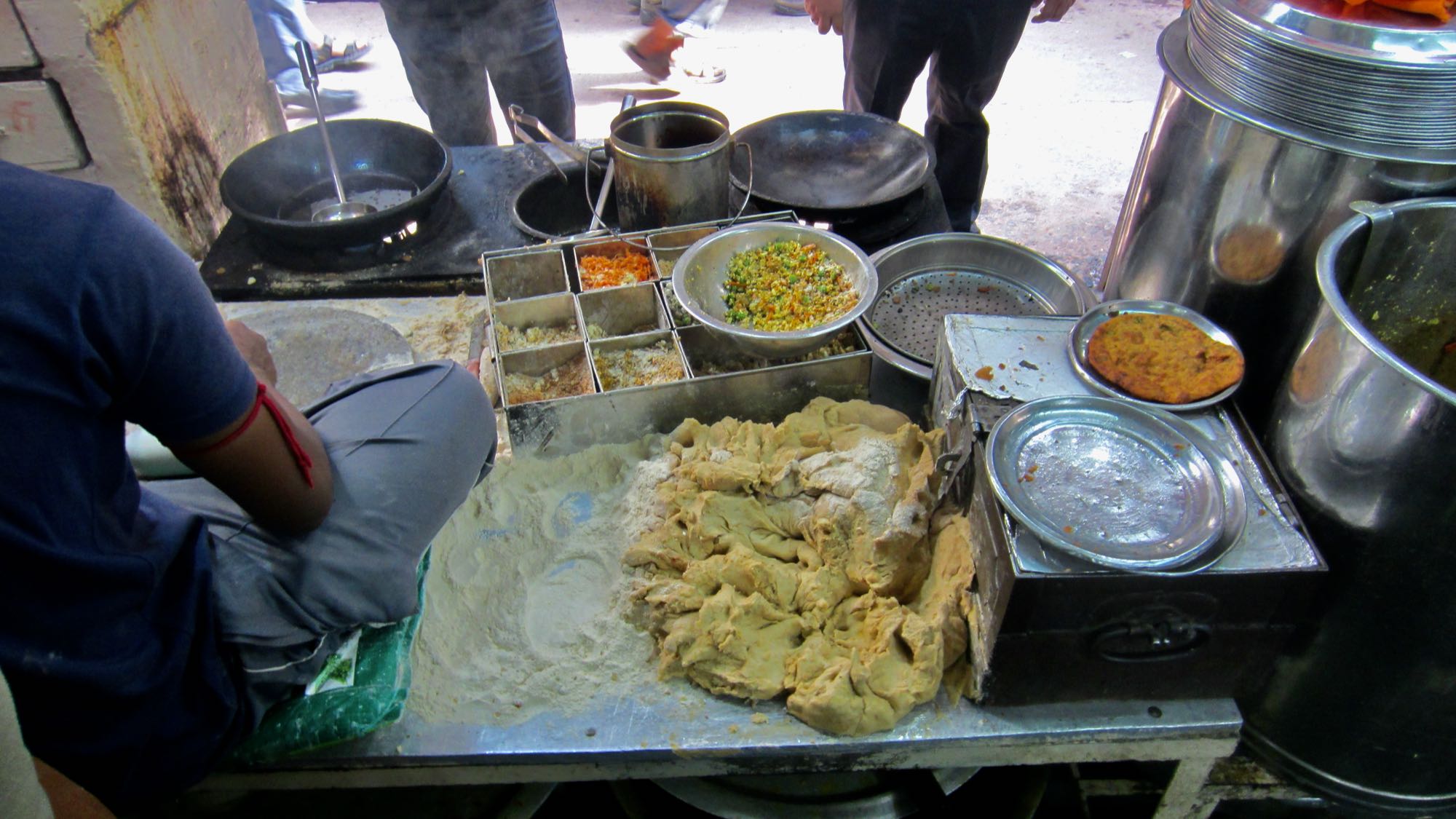
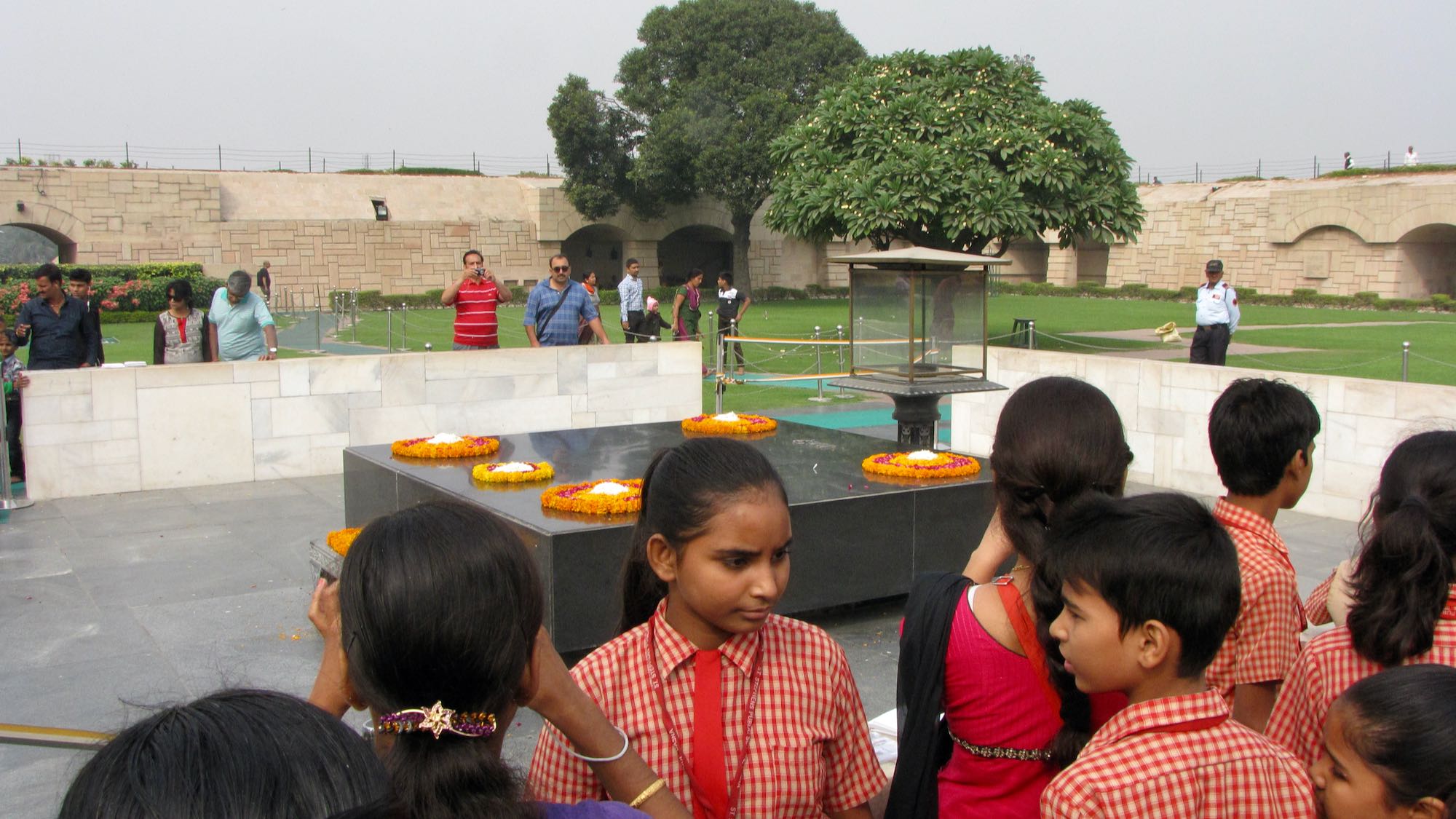
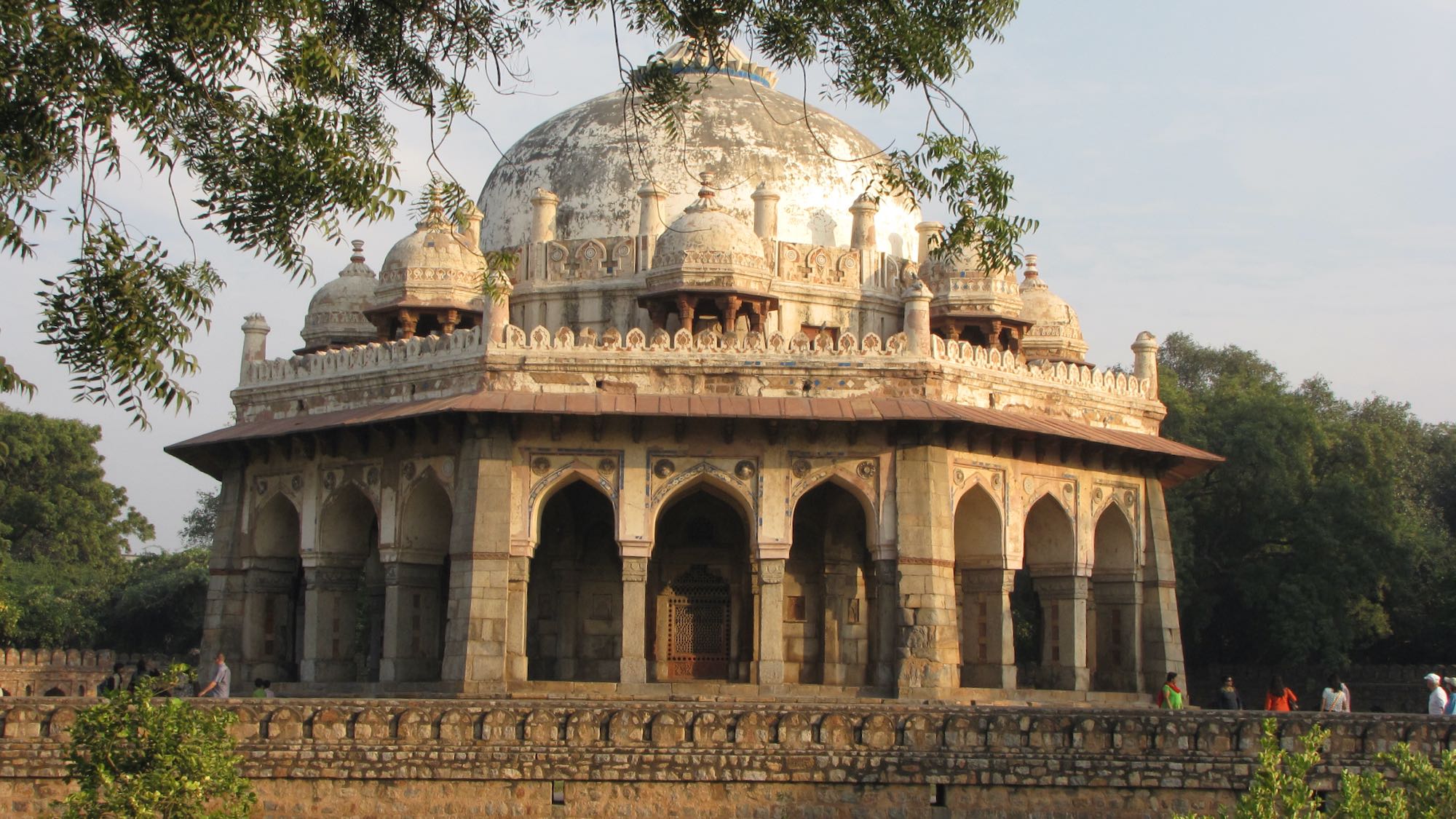

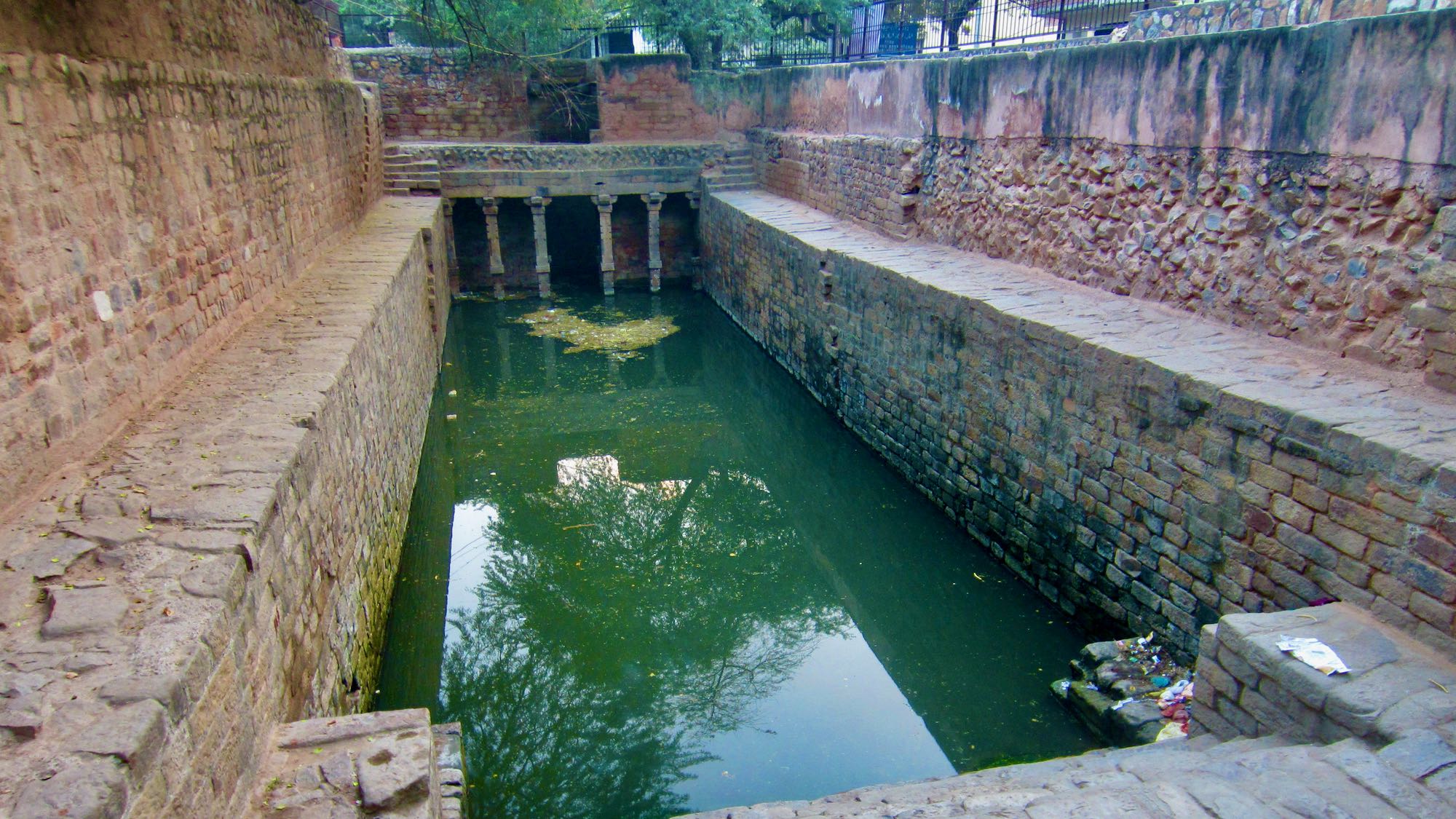
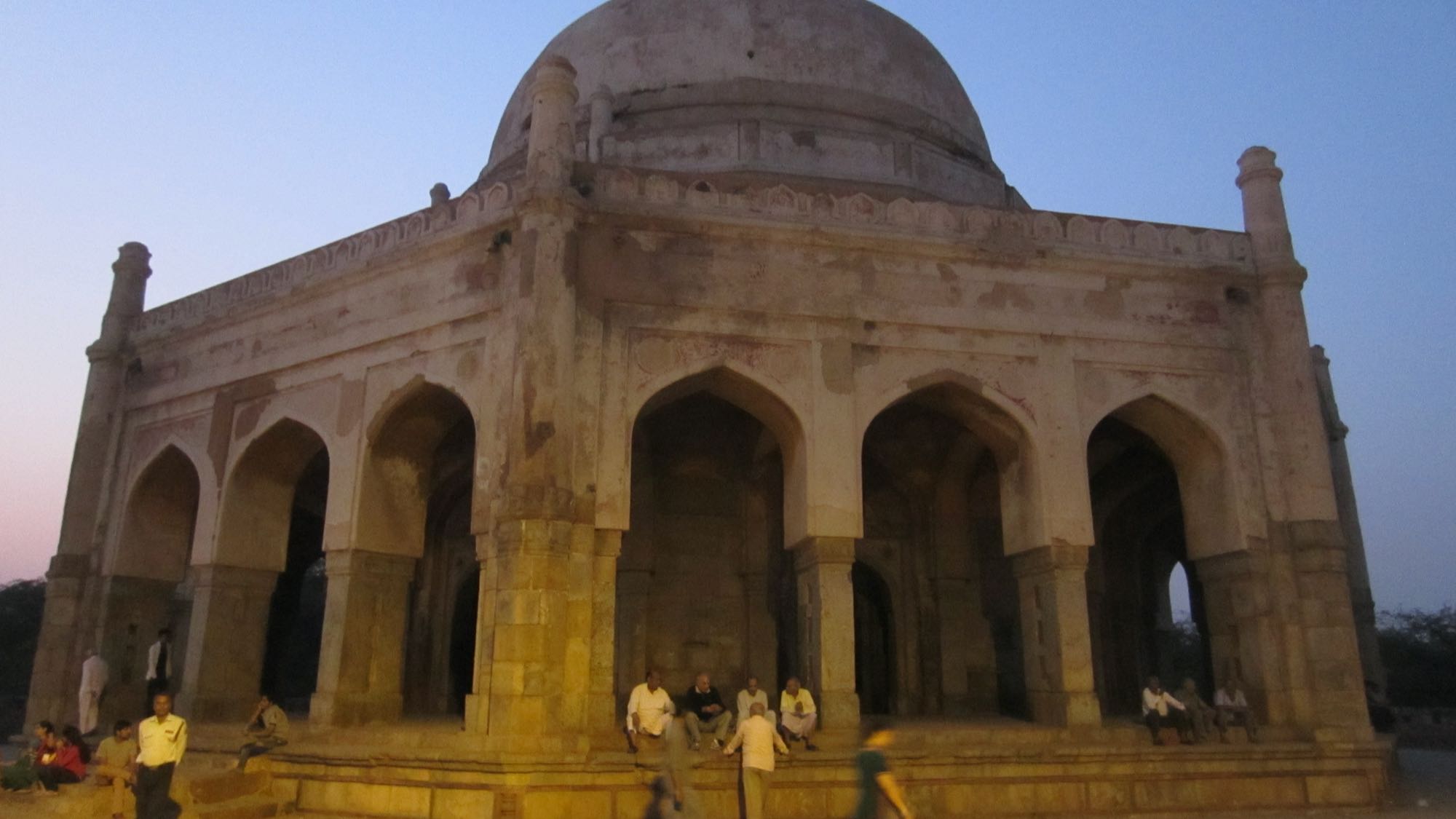



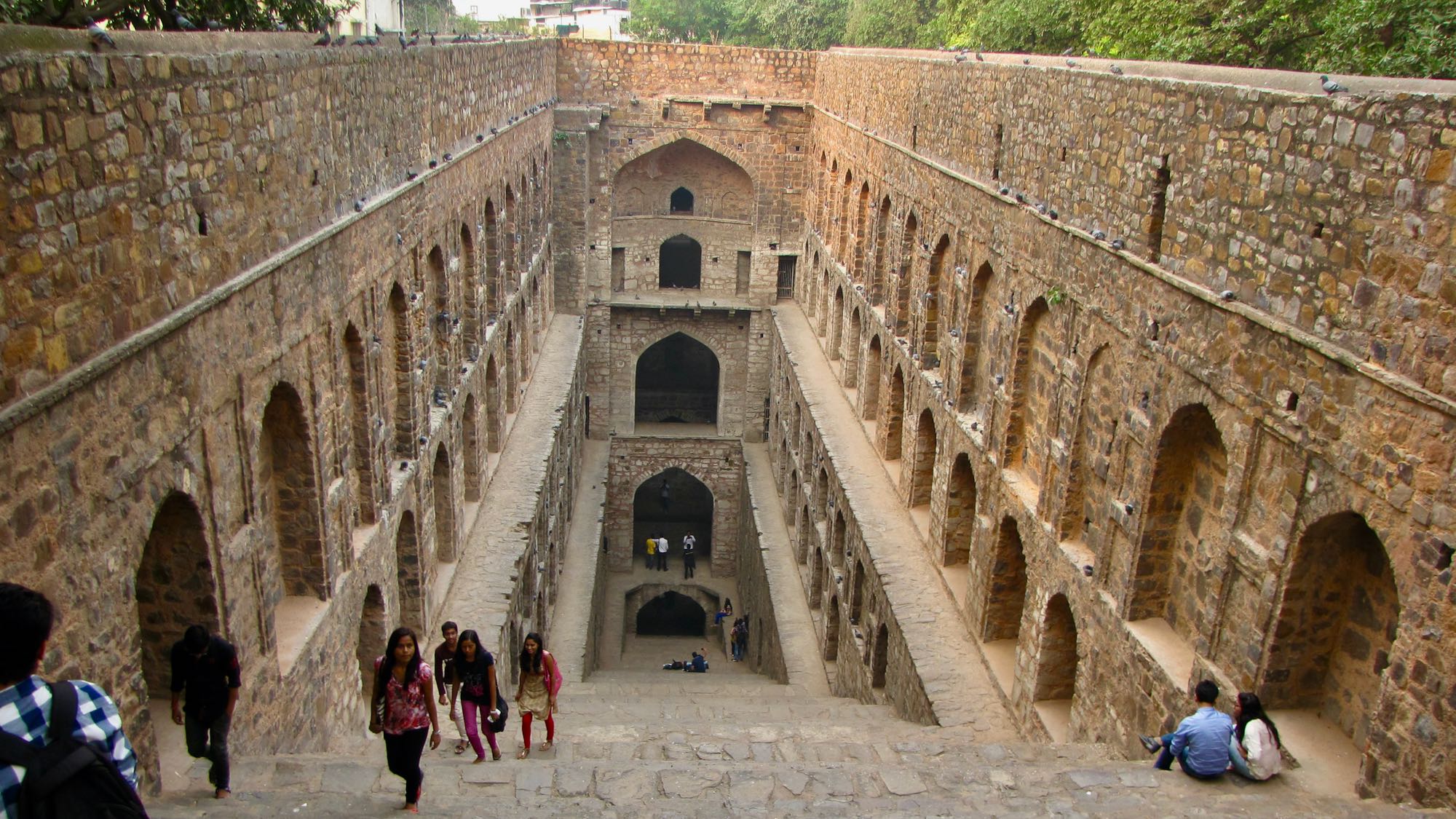
Leave A Comment